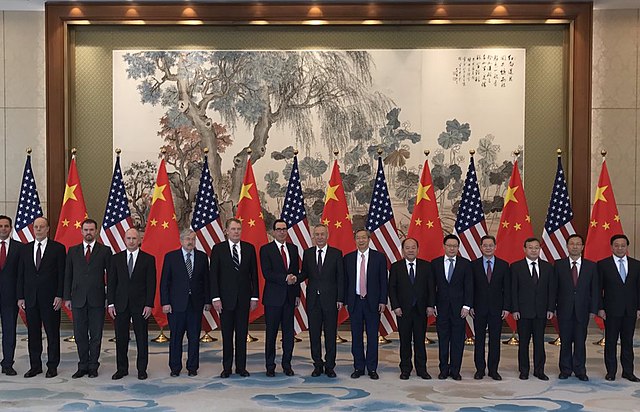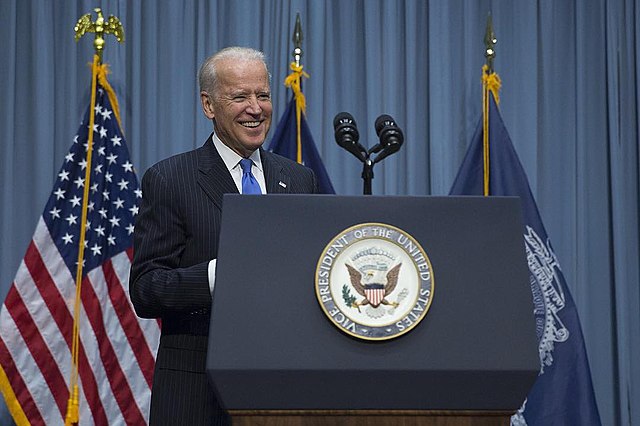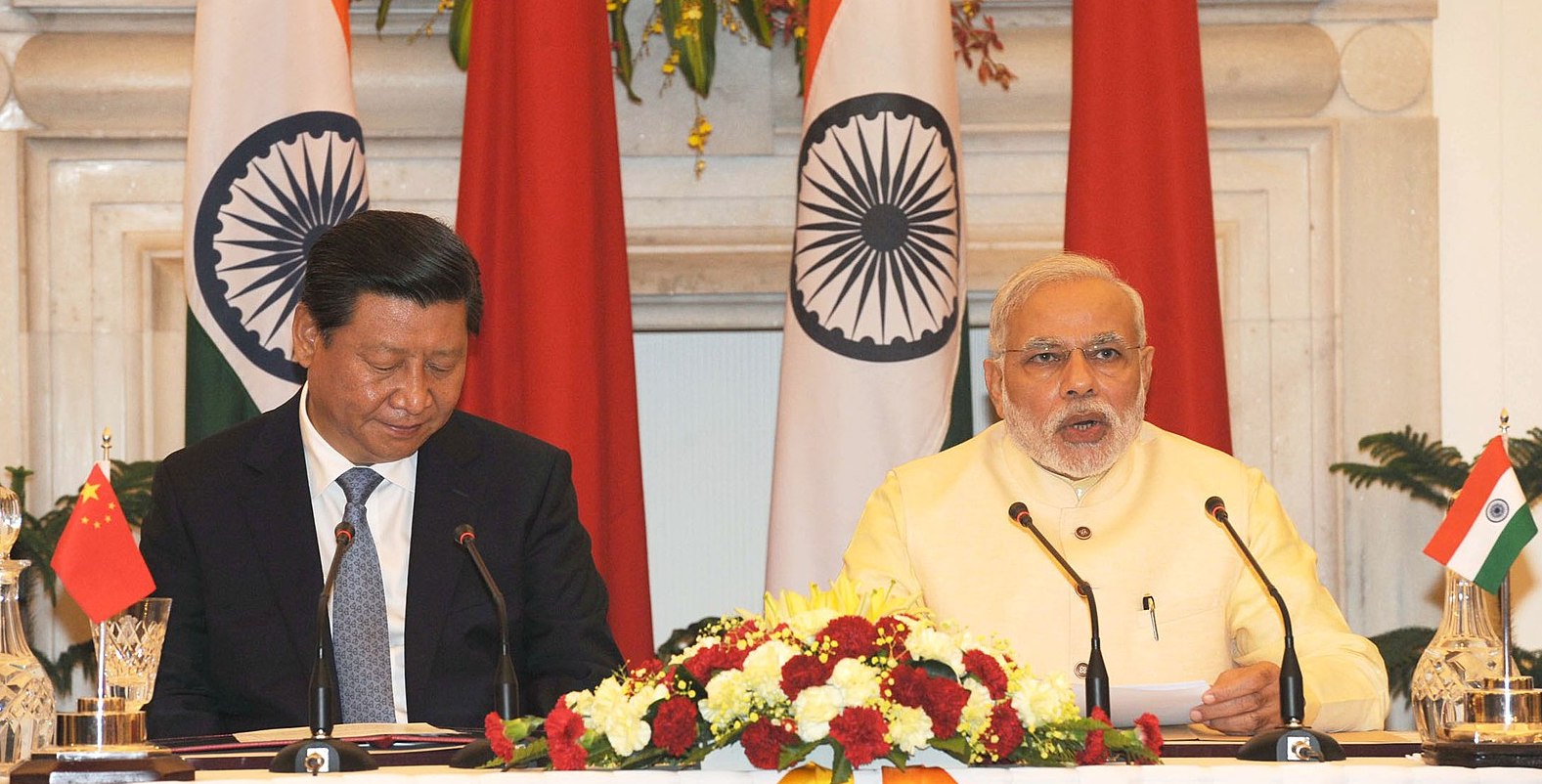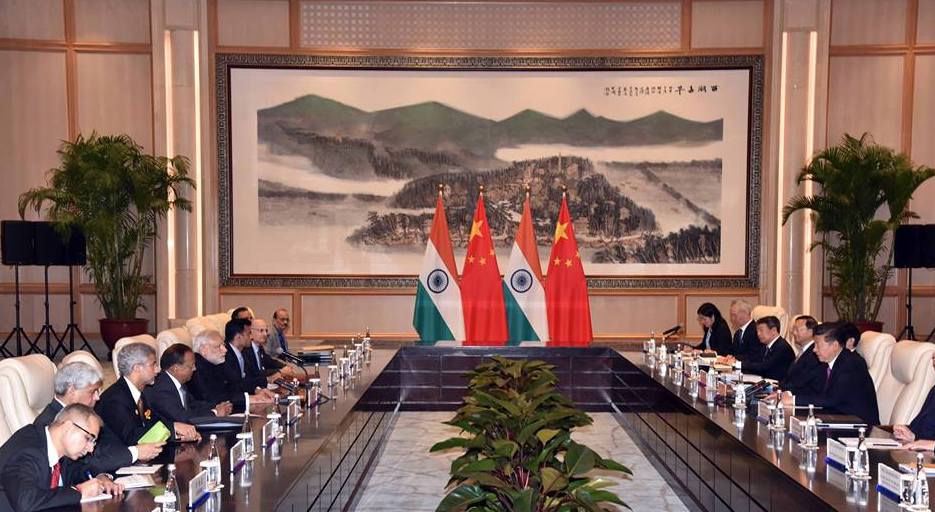Sino-India Exchanges Amidst The Ladakh Transgressions
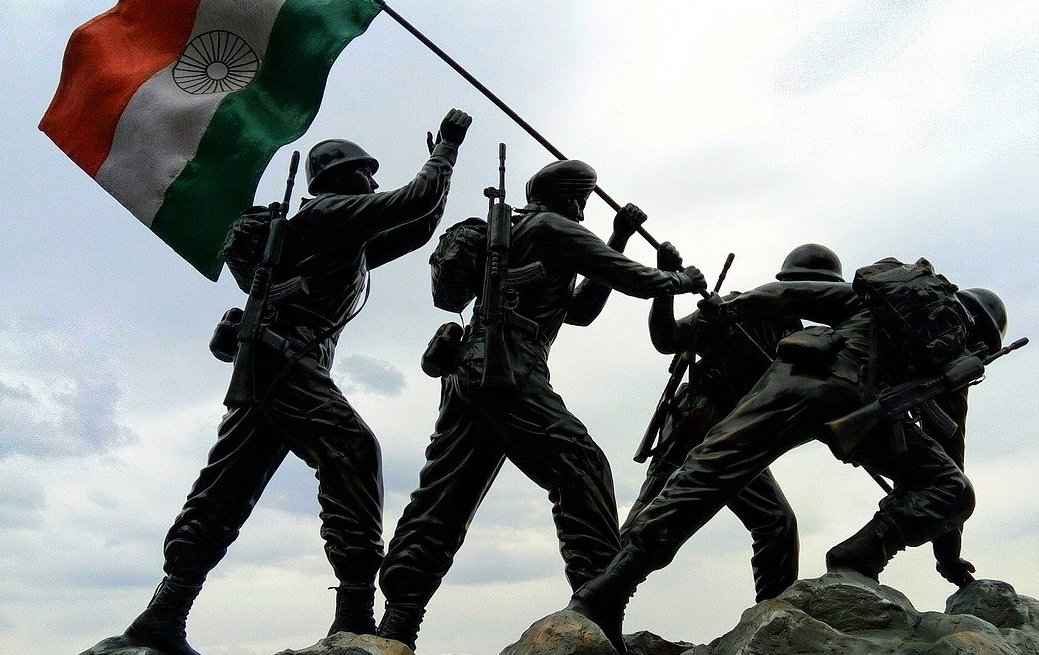
The Peoples’ Republic of China is the world’s rising power, and has been a regional hegemon for quite a while now. Record growth rates have propelled the state-led ‘Chinese capitalist’ system on the upward trajectory since Deng Xiaoping initiated much-warranted economic reforms in 1978. The Chinese nation is often spoken as a the only power capable of challenging US primacy – a sign of times to come as China seeks to mark the 2049 centenary, with the emergence of a first-rate, highly developed country.
While the South China Sea remains the cynosure of Chinese eyes and the PRC seems to be endorsing a more self-assured brand of assertiveness through the recent official nomenclature afforded to the ‘features’ owned by China in the South China Sea. India remains firmly rooted in Beijing’s strategic thinking, and plays a critical role in shaping its strategic behaviour. Ladakh, a union territory of India, has been subject to Chinese transgressions in the Pangong Lake since end-May, and Chinese troops have crossed scores of kilometres into what is officially Indian territory.
India responded with customary surprise and accompanying outrage at China’s illegitimate advances. The country’s leadership responded by dispatching 5,000 troops to Ladakh, in a show of strength aimed at knocking the doors of the Chinese Communist Party (CCP) with a sizeable thud – in response to Chinese positioning of 5000 troops in the same area. India has attempted to alter the status quo by asserting its claims to disputed territories which it officially claims in northern South Asia, as is evident from the recent comments by its Army Chief, General M. M. Navarane. Clashes at the adjacent Line of Control (LoC) with Pakistan have retained consistency during the nationwide lockdown which was enforced to curb the spread of COVID19.
Assessing the future of Sino-Indian Ties
With its transgressions in India’s union territory of Ladakh, China has proven that its ‘assertiveness’ is as forceful in the terrestrial domain, as it has been in the South and East China Seas. India has been left helpless in the wake of Chinese troops having occupied 40-60 km across the Line of Actual Control (LAC), according to one Indian Member of Parliament.
Respected @rajnathsingh ji
— Manish Tewari (@ManishTewari) May 30, 2020
Former Northern Army Commander @rwac48 in a signed piece states that China could have occupied 40-60 KM’s of INDIAN TERRITORY.
Could you plz enlighten the Nation?
PLA has likely secured 40-60 sq km in Ladakh https://t.co/eEcDf1X0Y5 via @ThePrintIndia
The Indian defence establishment, led by a passive Defence Minister, were left to face the scorn of the Indian peoples’ after having publicly admitted a remarkable Chinese build-up in Indian territory. Ladakh was recently accorded the independent status of a union territory following the abrogation of the contentious Article 370 from the Constitution of India which granted special accessions to the people of Jammu and Kashmir essentially resulting in the state being crowned with a special status in comparison to the other states of India.
Territorial disputes: The trajectory of conflict
Given the historical affiliations between what once upon a time were two great, peaceful civilisations, India-China relations remain on a sensitive precipice. The need for the two rising Asian giants – having only been weakened by an ill-timed pandemic – to reconcile remains a necessity. South and Southeast Asia, under any and all circumstances, cannot afford even a limited war between the two nuclear powers.
India’s vast armed forces, while superior in numbers, continue to remain considerably inferior to the Peoples’ Liberation Army (PLA). Moreover, the PLA has inflicted damaging defeats on the Indian military in the immediate post-independence history of India. Another factor that has a strong bearing on India-China relations is the proverbial elephant in the room – the Islamic Republic of Pakistan. China’s all-weather friend is a sworn enemy of India, and New Delhi remains concerned about the unfortunate developments just south of the territory which it once controlled, which was acceded to China.
In 2017, the two countries were involved in a 72-day standoff at Doklam (in the Indian state of Sikkim), with Chinese troops having attempted to build infrastructure in disputed territory. The present conflict has been witness to Indian attempts at infrastructure building near the Line of Actual Control, in a clear message to Beijing that India will not sit by idly even as it tries to catch, militarily, with its neighbour. Most conflicts between the two countries in the recent past have resulted in prolonged standoffs without actual conflict, with minor altercations resulting in injuries to soldiers from both sides.
This may be an indicator of the two countries’ commitment to resolving disputes between each other amicably. Even the present standoff in Ladakh has resulted in military-to-military talks, with officials from both sides having met on the 6th of June. A decisive approach to the dispute has been proposed, with the attainment of peace and the restoration of the status quo, the end-goal.
In the current scenario, and in recent scenarios such as Doklam, India will have to maintain extreme caution and will have to seek to avoid upsetting a formidable rival, while it continues its approach of defence modernisation coupled with self-reliance and the development of indigenous technologies to empower and upscale its vast armed forces.
India may not have much to show for in standoffs with a superior China given its limited nuclear capabilities. The country’s conventional capabilities, too, are undergoing much-needed upgrades and analysts have publicly derided Indian capabilities vis-à-vis the PRC. A concerted and coercive dialogue-based approach will serve India’s purposes better, with a normalised situation as far as Ladakh is concerned and the withdrawal of Chinese forces as the essential objective. That being said, India remains a strong proposition and a rival capable of standing shoulder-to-shoulder to the PLA, were things to boil over.
Jay Maniyar is a Research Associate at the National Maritime Foundation, a maritime think tank endorsed by the Indian Navy and the Ministry of Defence of the Government of India. He is based in New Delhi. The views expressed in the published articles are proffered in a personal capacity, and do not reflect the views of his employers.

